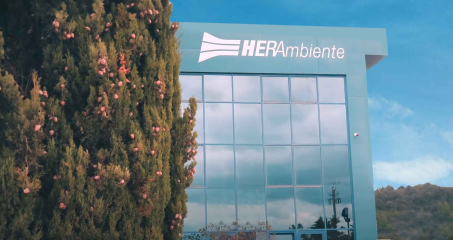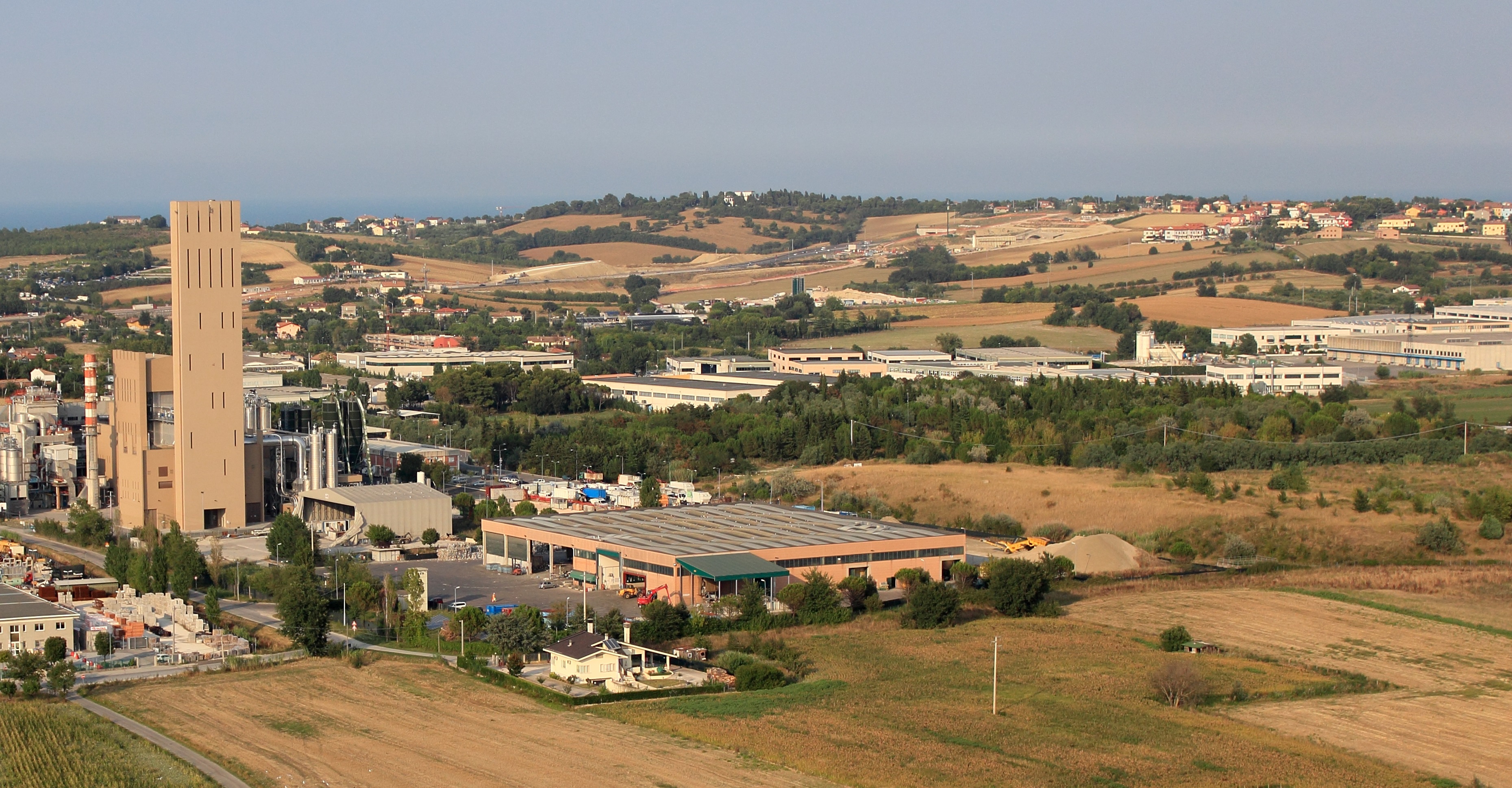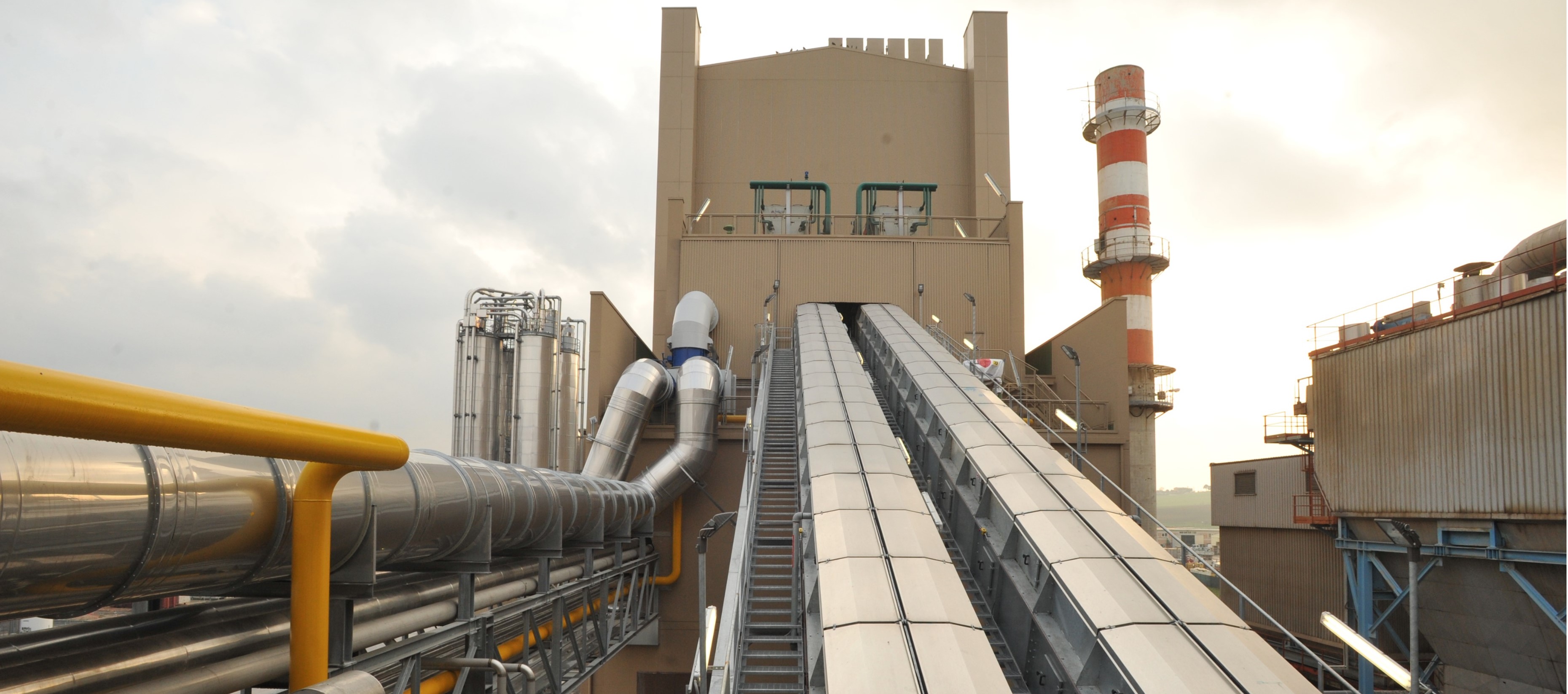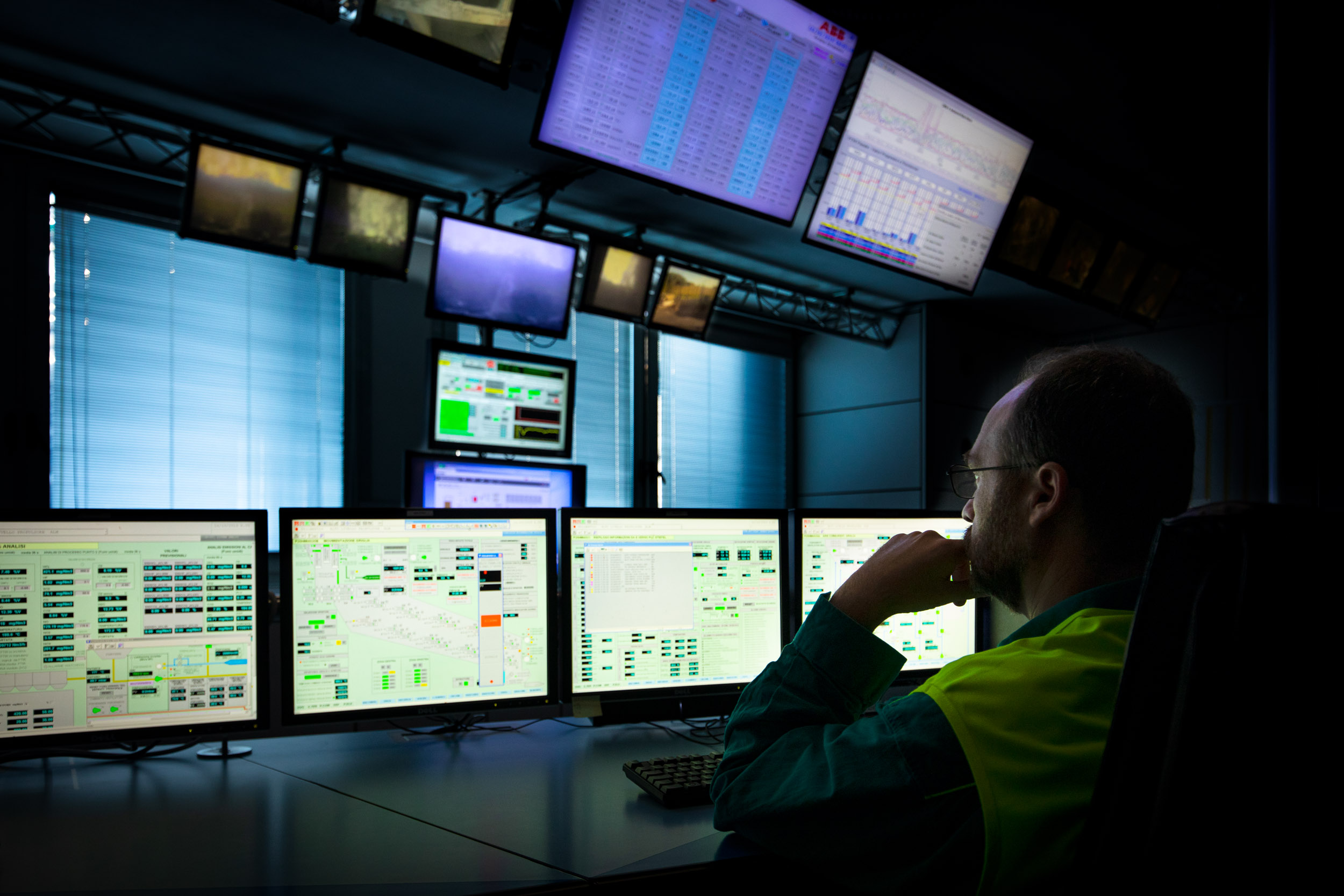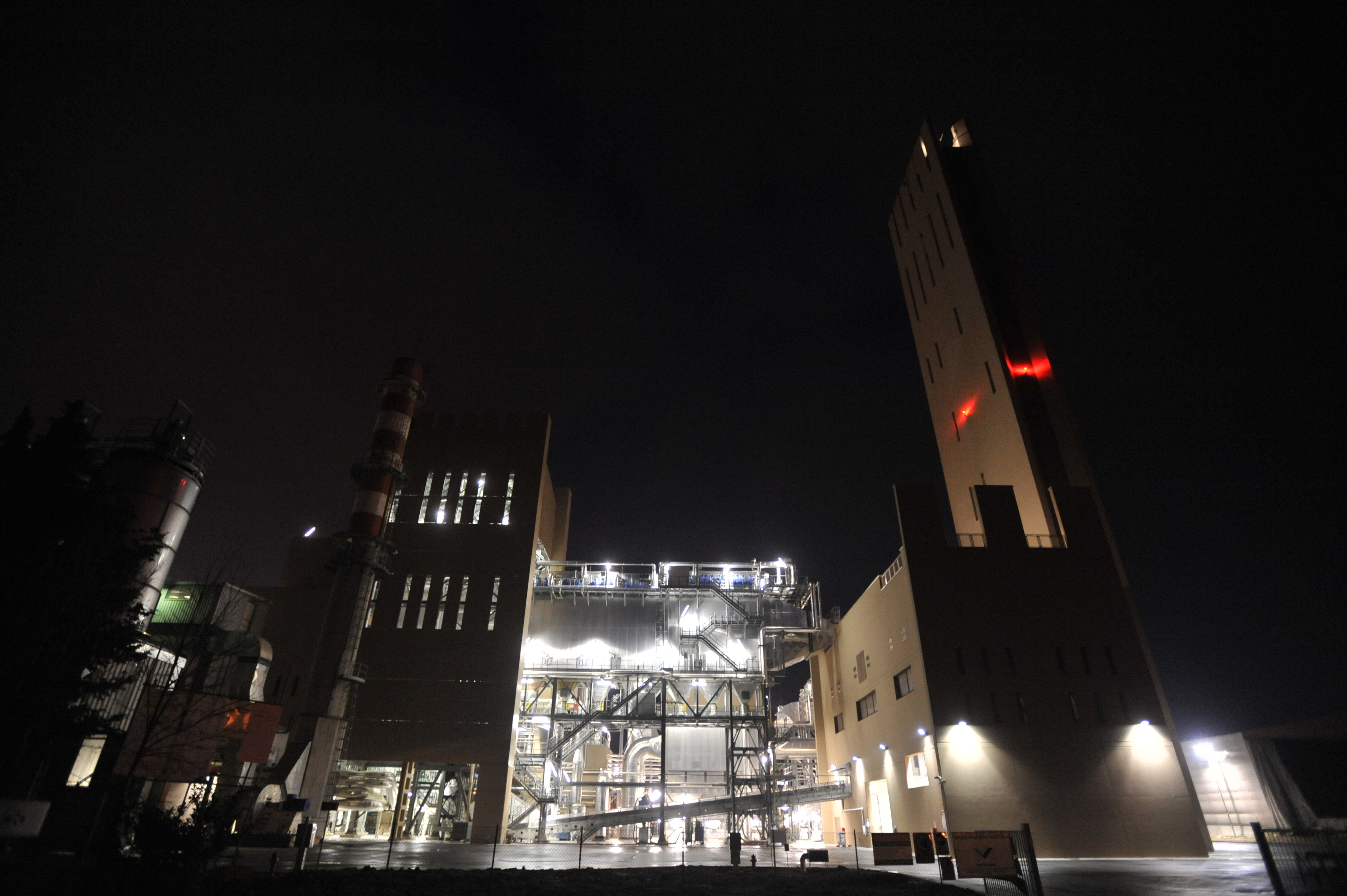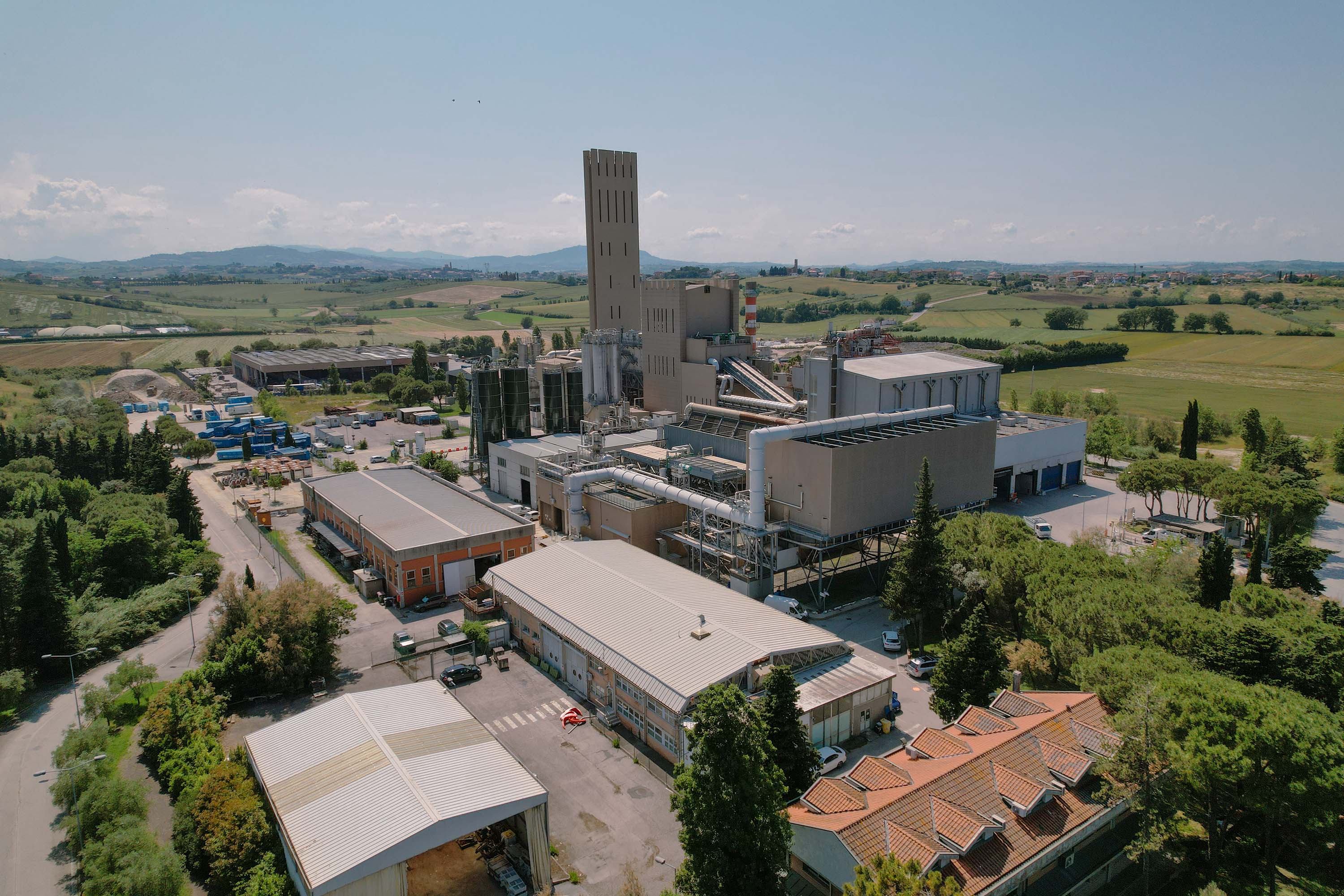Overview
The Rimini waste to energy plant has been operating since 1976, and began with two incineration lines, to then increase to three incineration lines in the definitive configuration in 1991, equipped with an energy recovery system.
The plant remained unchanged until 2008, when the old lines 1 and 2 were dismantled, and construction of the new line 4 began, which came into operation halfway through 2010.
During the transitional phase, only line 3 remained in operation, then stopped in the second half of 2010.
In addition to the waste energy recovery activity (R1), the Rimini waste to energy plant is also authorised for R12 and R13 recovery operations which, if necessary, allow the waste to be removed from the storage pit. For these activities, the total maximum quantity of waste sent to other destinations, including outside the province, is 30,000 tonnes per year. The maximum quantity of waste authorised for incineration is 150,000 tonnes per year.
Page update 3 June 2021
Form
Environmental compatibility in compliance with regulations in force (Legislative Decree 152/06)
-
Number of waste to energy lines
1 -
Total thermal capacity
about 46.5 MWt -
Combustion technology
water cooled moving grate furnaces -
Waste disposal capacity
max 384 t/day with net calorific value (NCV) equal to 10,465 kJ/kg -
Annual operation
7.920 hours -
Nominal electric power
10,5 MWe -
Recovery operations
R1, R12 e R13 -
Type of waste accepted
municipal waste; non hazardous special waste; medical waste
Authorizations
Provv. 3117 del 16/06/2023

